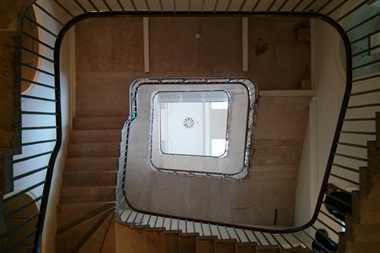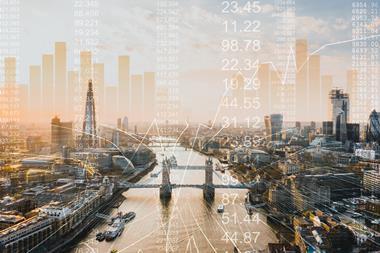You can see why conspiracy theorists are having a field day over Covid-19. None of the global health crises of the past century or so have turned into global economic ones. Why this one? Some sinister force must be at work.

Perhaps. Perhaps not. But either way, I struggle to understand how the ‘action’ of Covid-19 could possibly have prompted the ‘reaction’ – or what some see as gross overreaction – of entire economies being brought to a standstill in an effort to halt the spread.
The outbreak that arguably draws the strongest comparisons with the current pandemic is the Hong Kong Flu, which swept across the world in two waves starting in the late 1960s. In the UK alone, it is believed to have caused 80,000 deaths between 1968 to 1970. The NHS was overwhelmed for a period and everyday life was disrupted.
Sound familiar? The big difference is that the disruption was limited to delayed postal deliveries, a reduction in public transport and cancelled milk deliveries. Countries were not locked down. Lives were not put on hold. Businesses did not furlough staff and go into hibernation. Instead, the UK economy continued to grow.
I dread to think what the economic damage of Covid-19 will be. What I do know is that if the much hoped-for V-shaped recovery is to be achieved, we will need to get back to work sooner rather than later.
This week, to get an idea of what to expect when we do emerge from lockdown, we take a look at what is happening in China, the pandemic’s ground zero. We hear from Cushman & Wakefield president John Forrester about its new Recovery Readiness Task Force, which is drawing on the firm’s work in China.
Not all these measures will be deemed appropriate or acceptable in the UK, but some will, and there are other interesting lessons from China that provide an insight into what may be to come. Some are not surprising. Logistics boomed during China’s lockdown as online shopping soared. Telecoms, tech and healthcare also thrived, while most retail struggled, as did restaurants, bars, cinemas and hotels, although the latter could bounce back later this year if, as anticipated, there is a surge in domestic tourism.
Some trends, however, are more unexpected. Luxury retail shopping spiked as the lockdown was eased and the Chinese indulged in ‘revenge spending’. There are also anecdotal reports of increased road traffic as people turn to cars or taxis rather than risk public transport, which could be a boon to China’s struggling automotive industry but devastating for the climate change lobby, which had been hoping the correlation between reduced traffic pollution and a cleaner environment would lead to lasting change for the better, not an even more polluted planet.
China still has a long way to go down the road to recovery. Fears of fresh outbreaks or a second wave of the virus are ever-present, as they are here, where the road is longer still.
The big advantage we have here is we were not the first to take it. What is vital now is that we learn from those who were.





























No comments yet